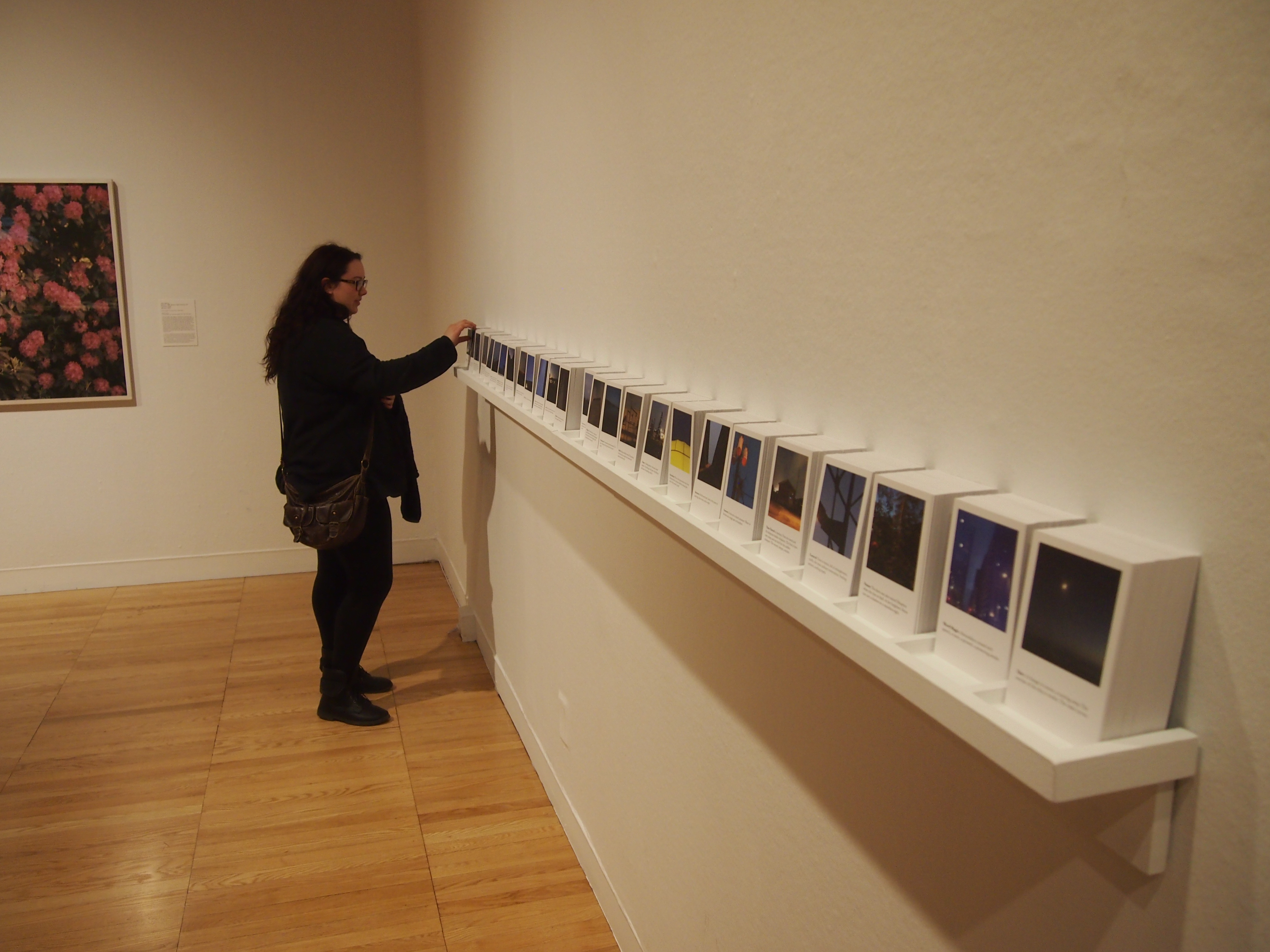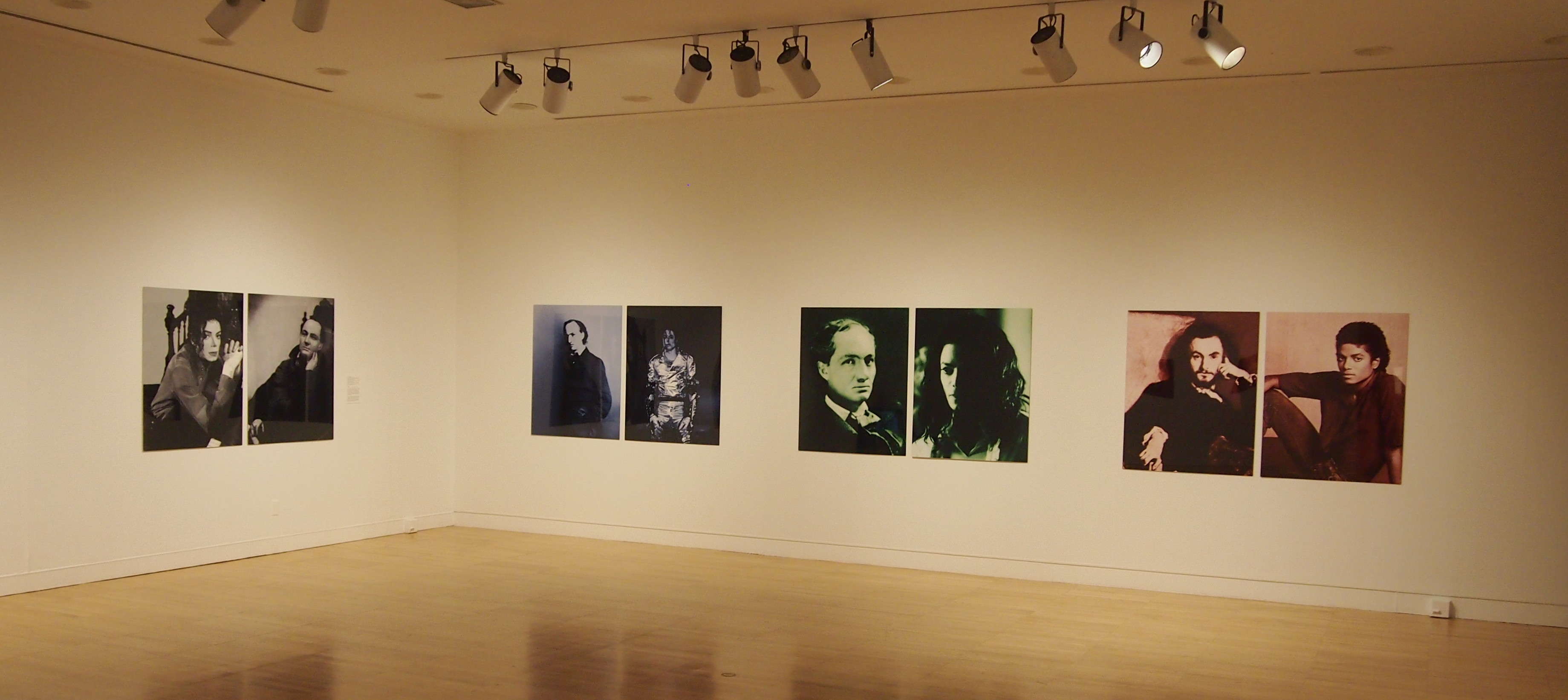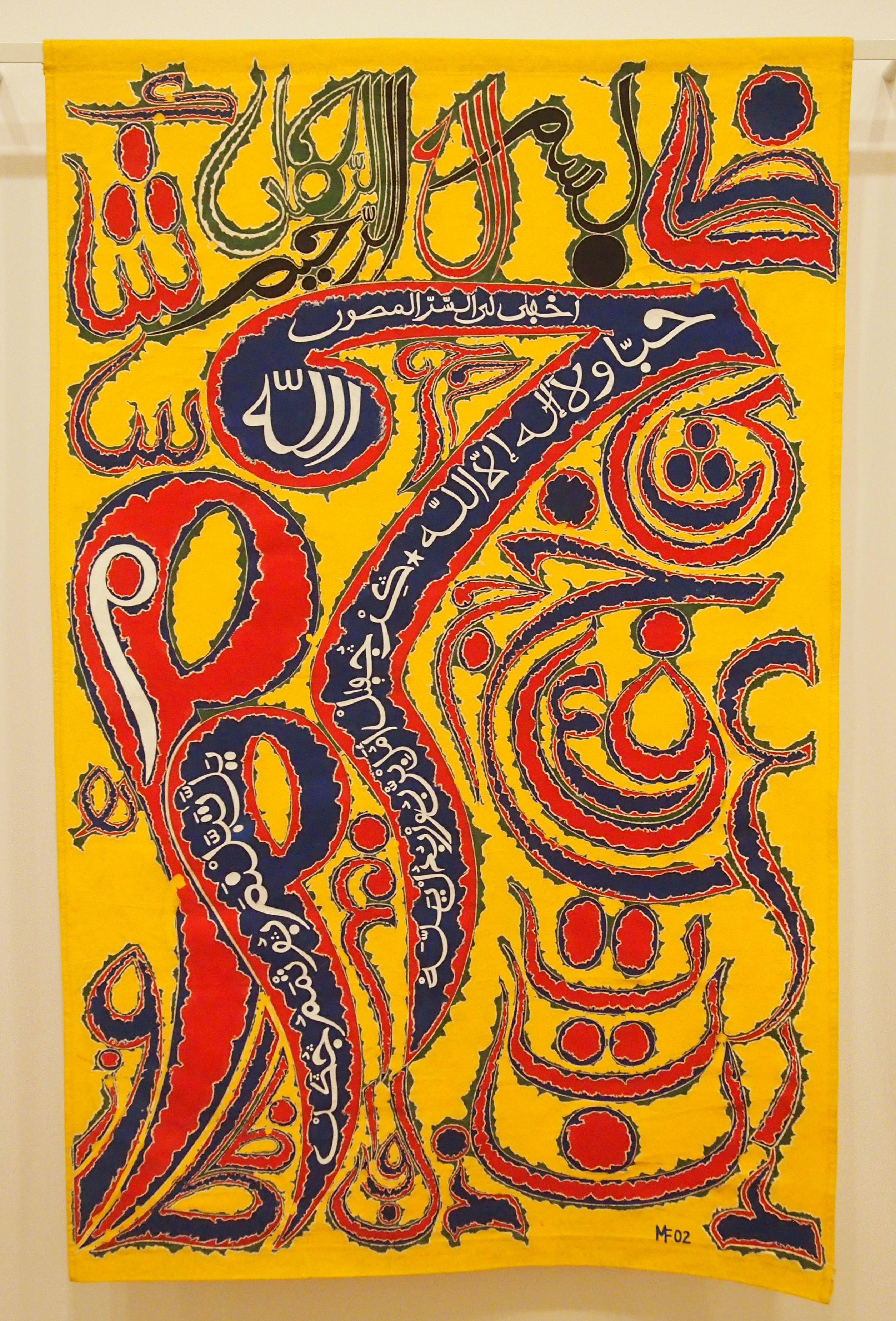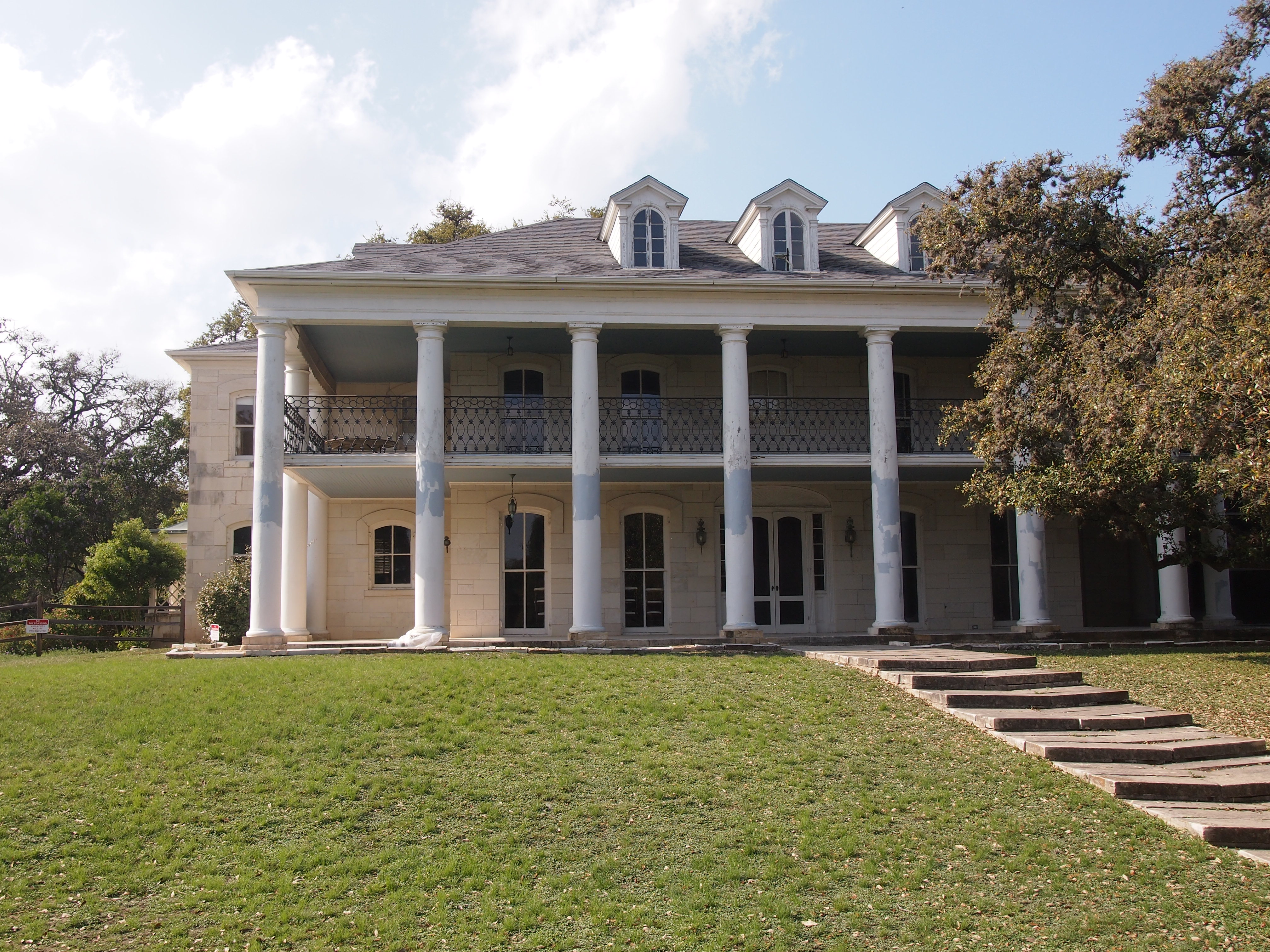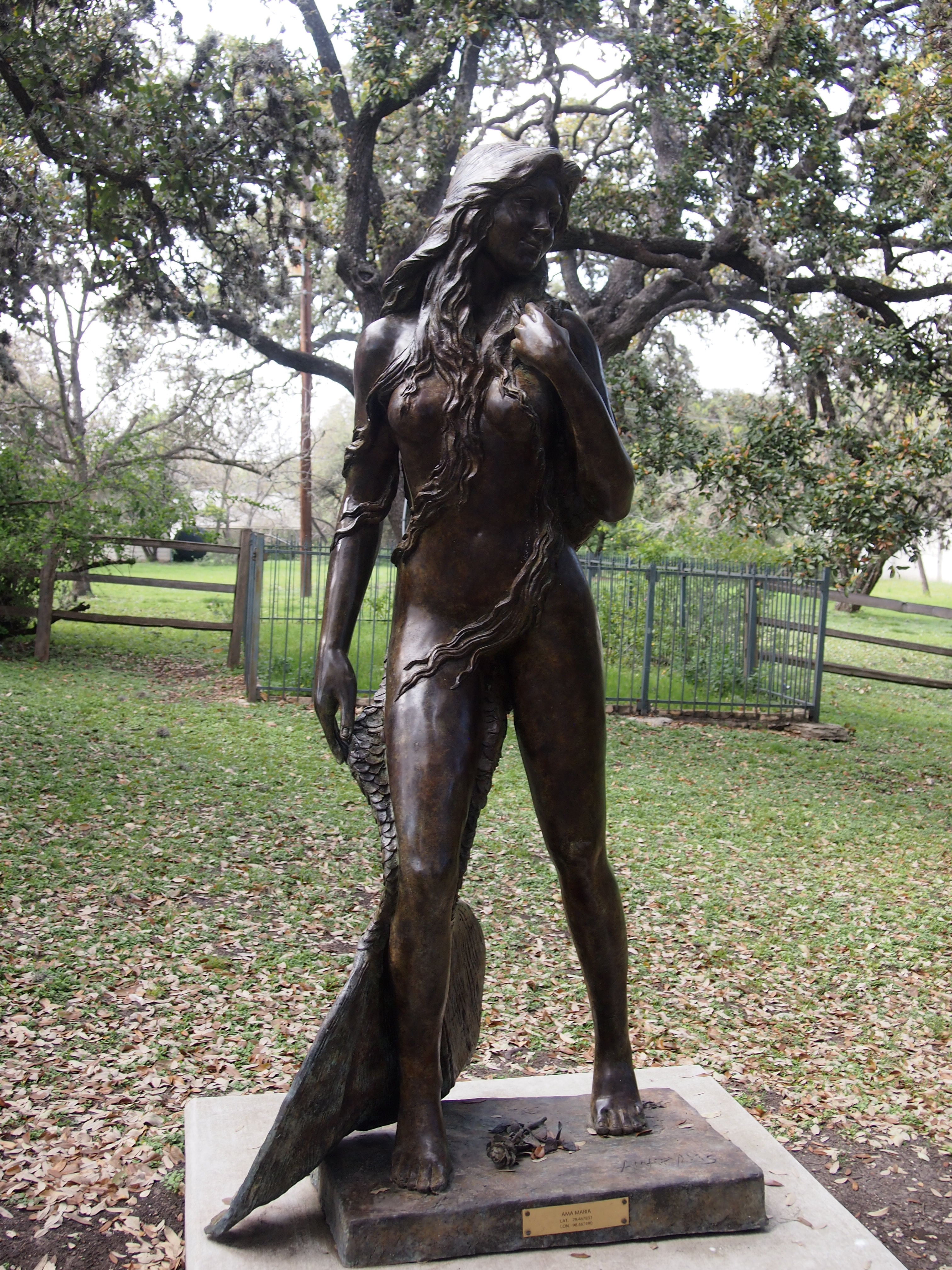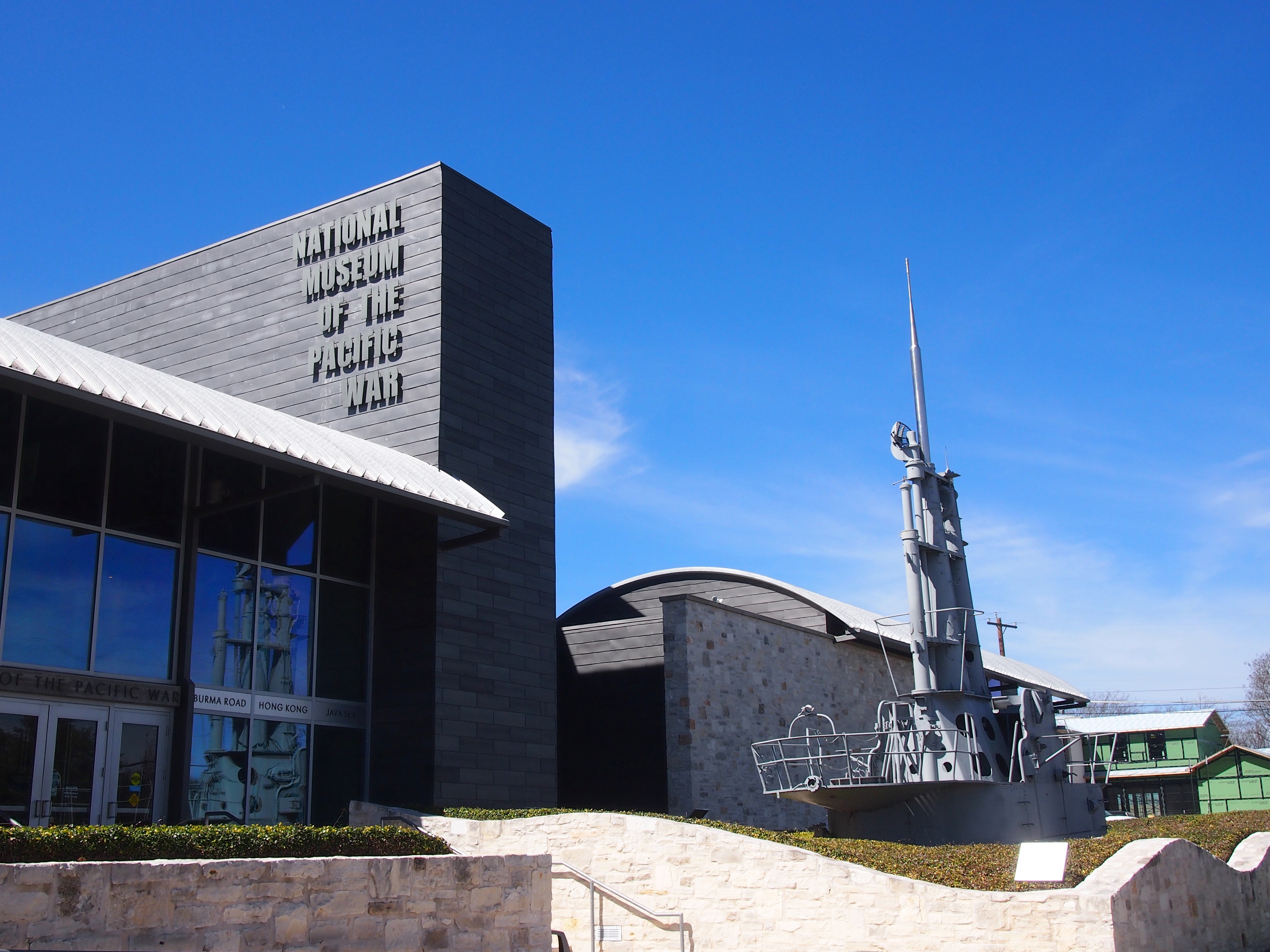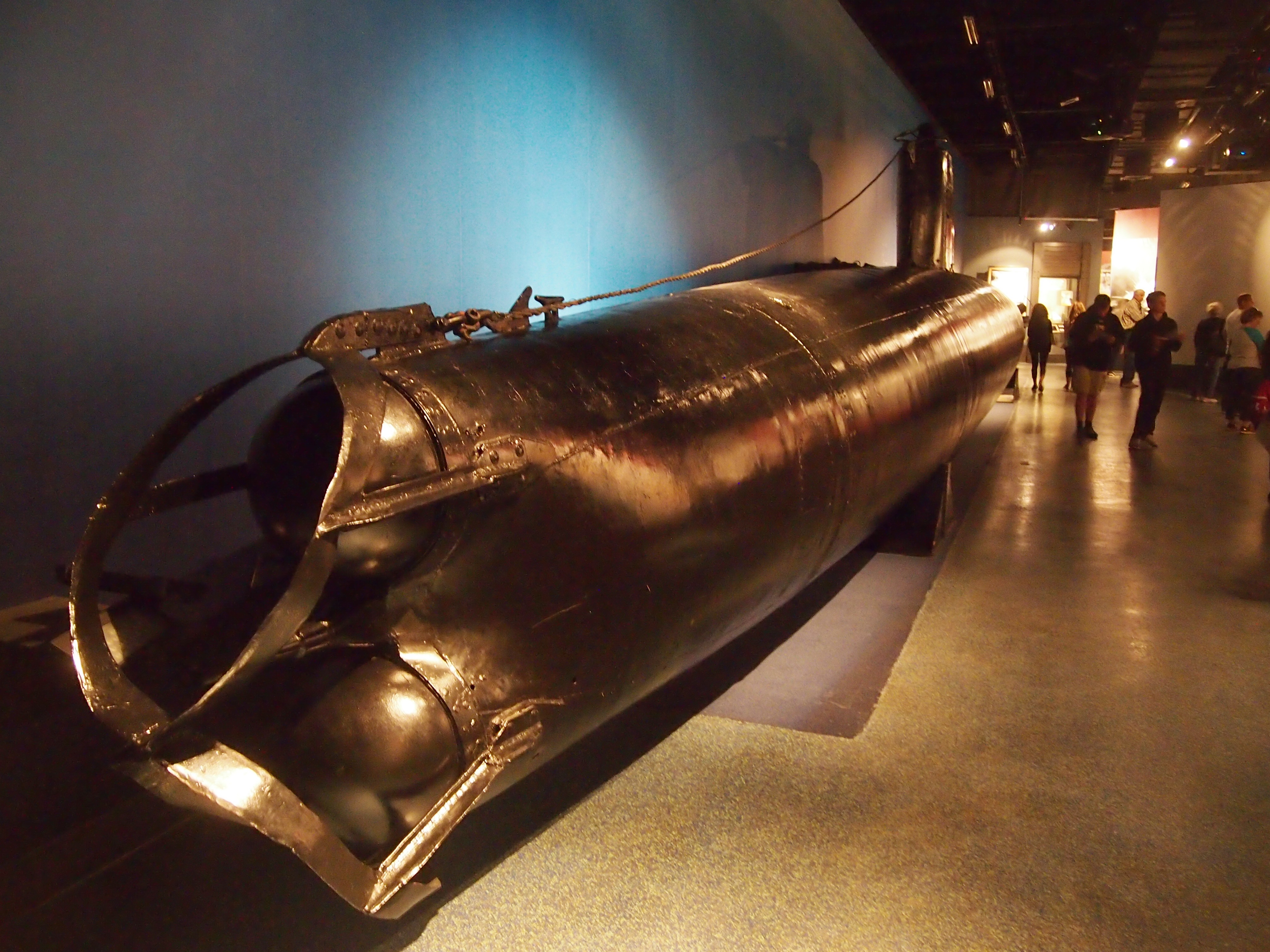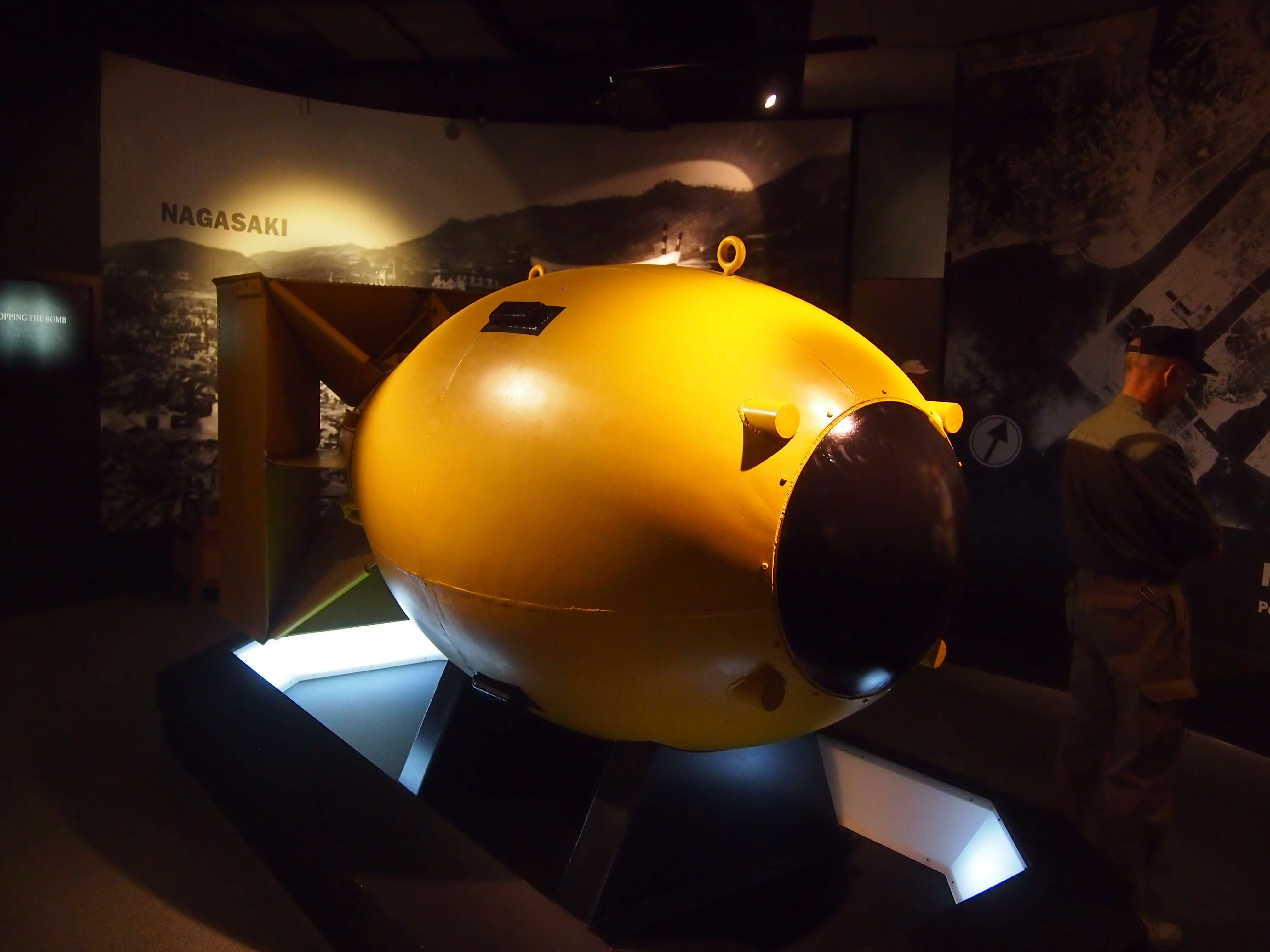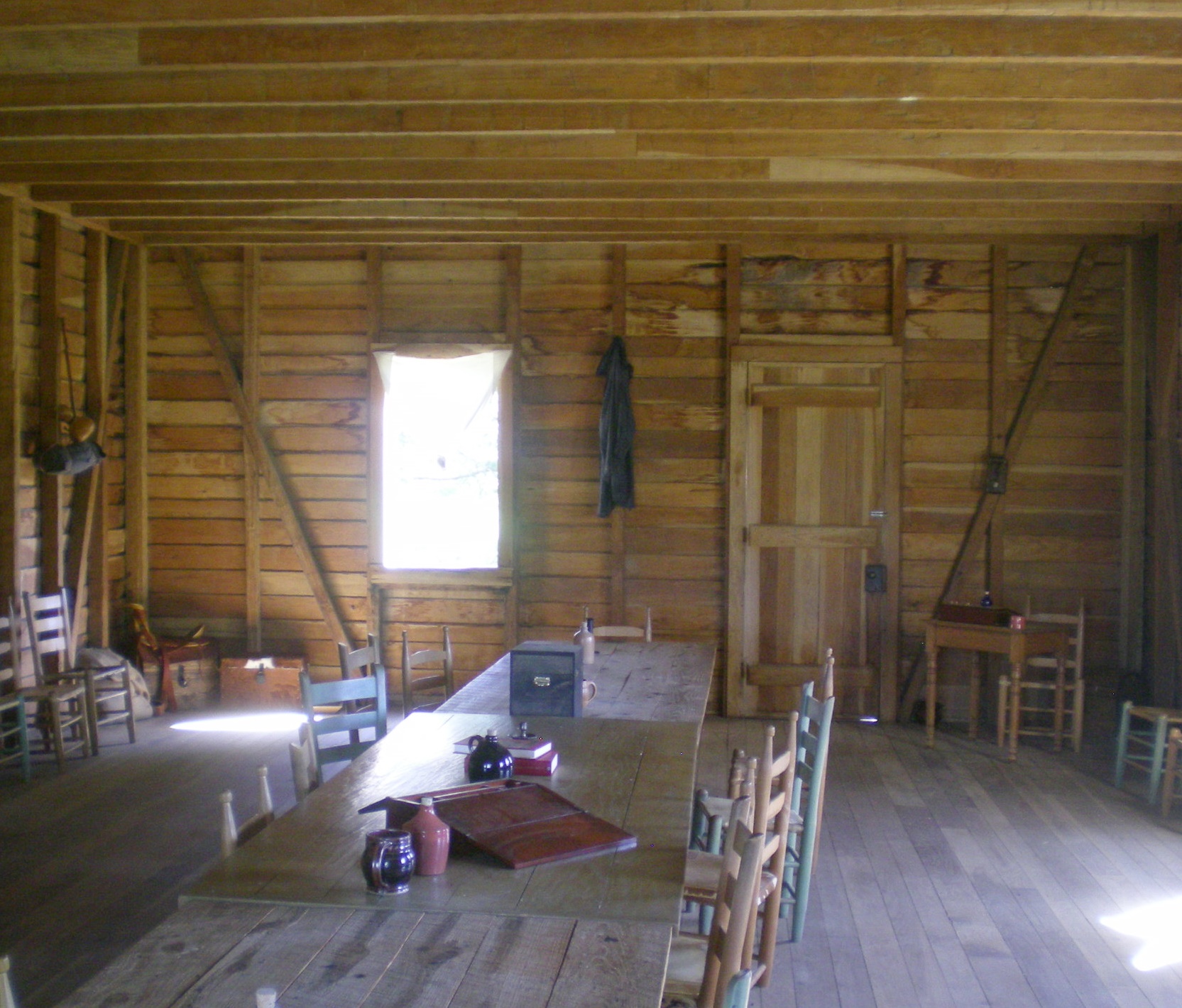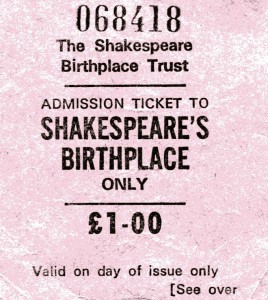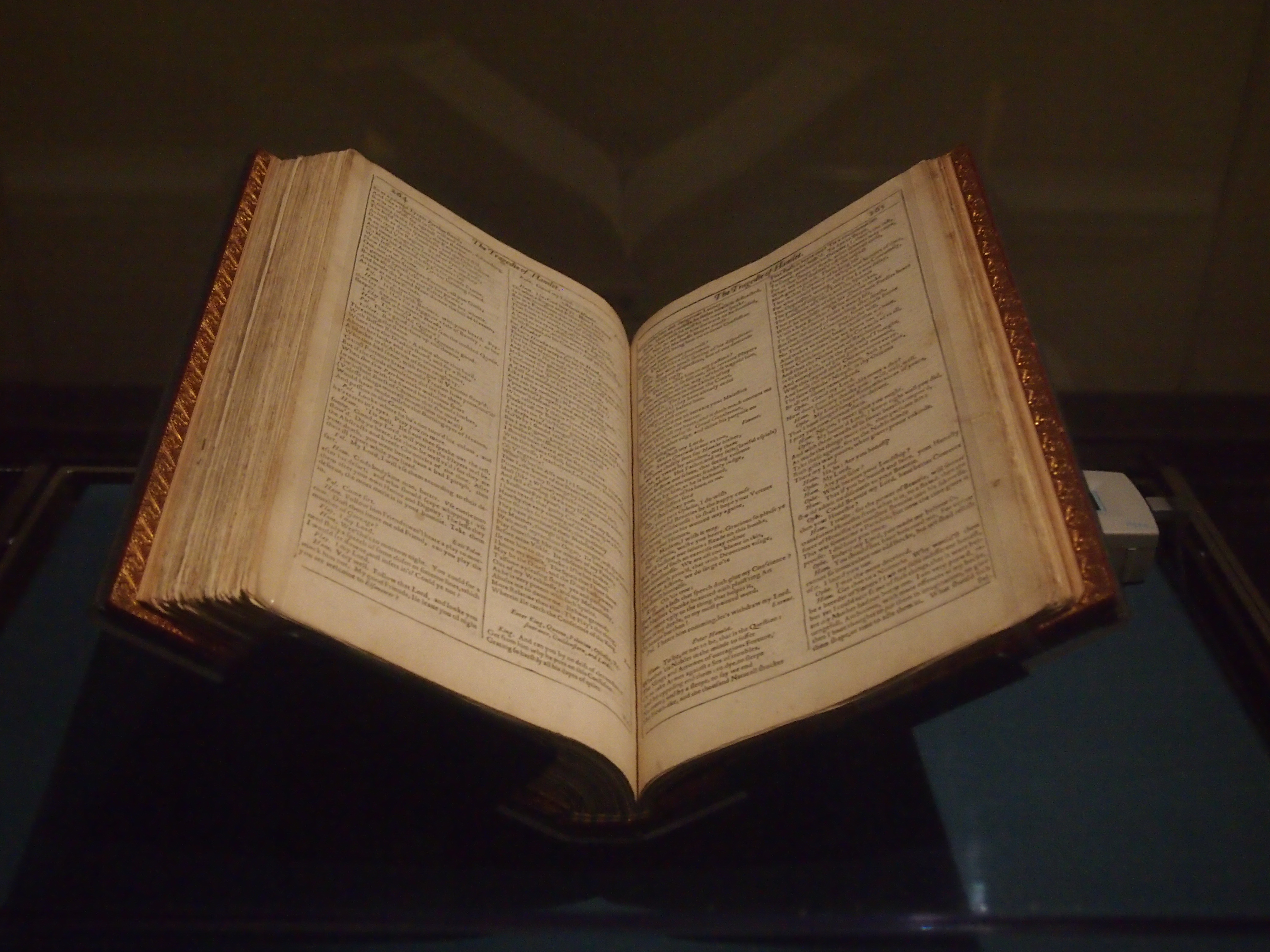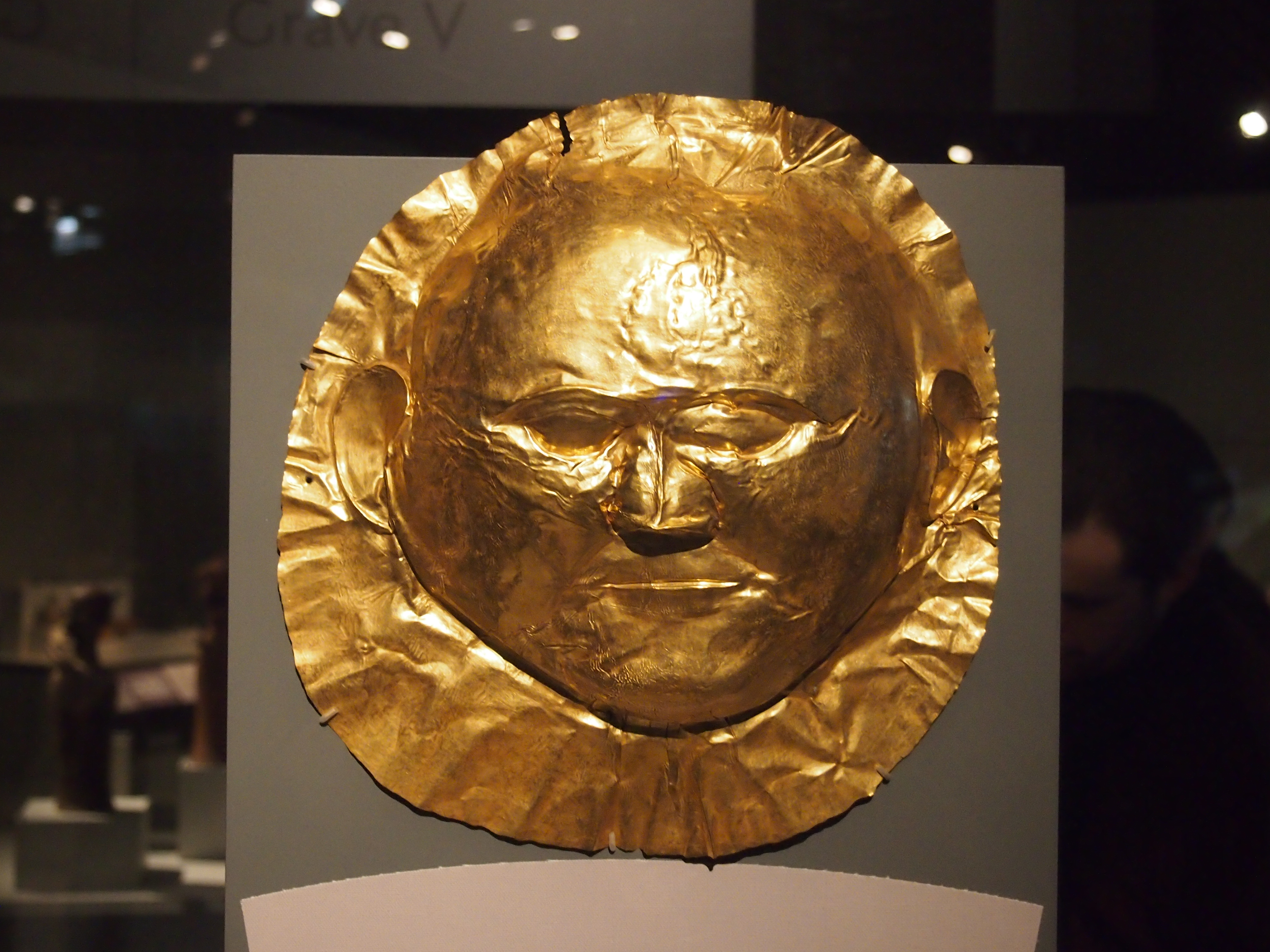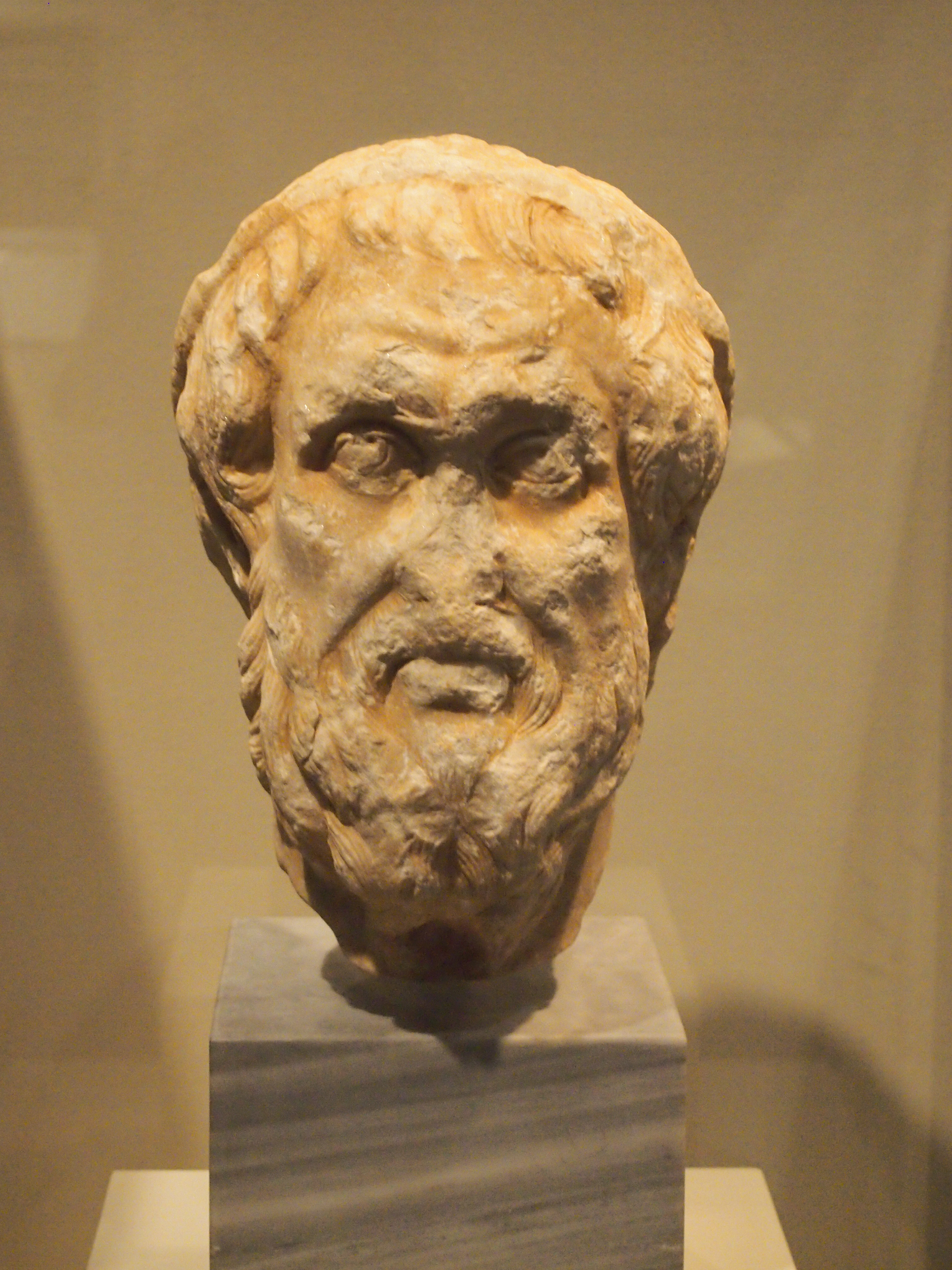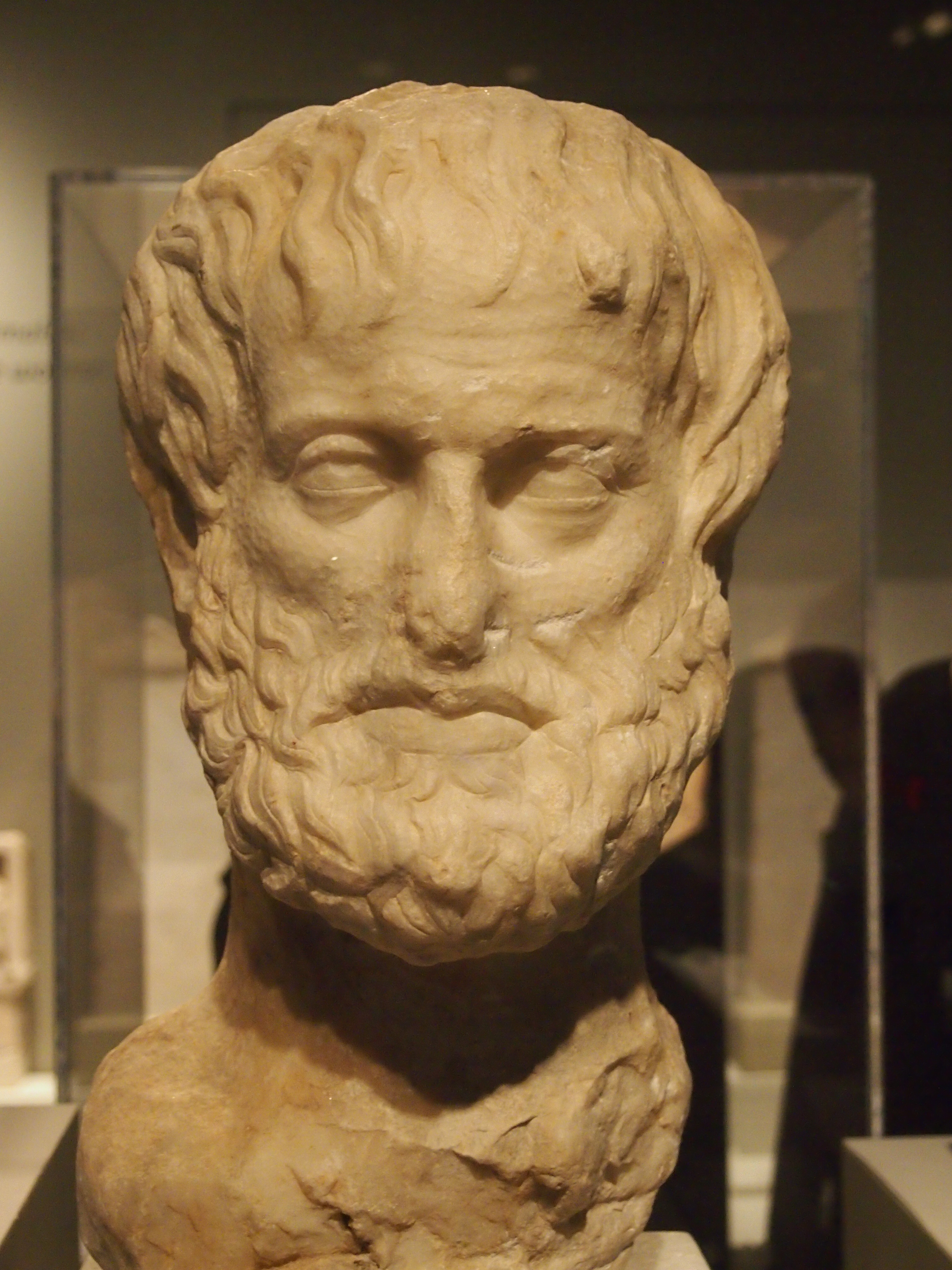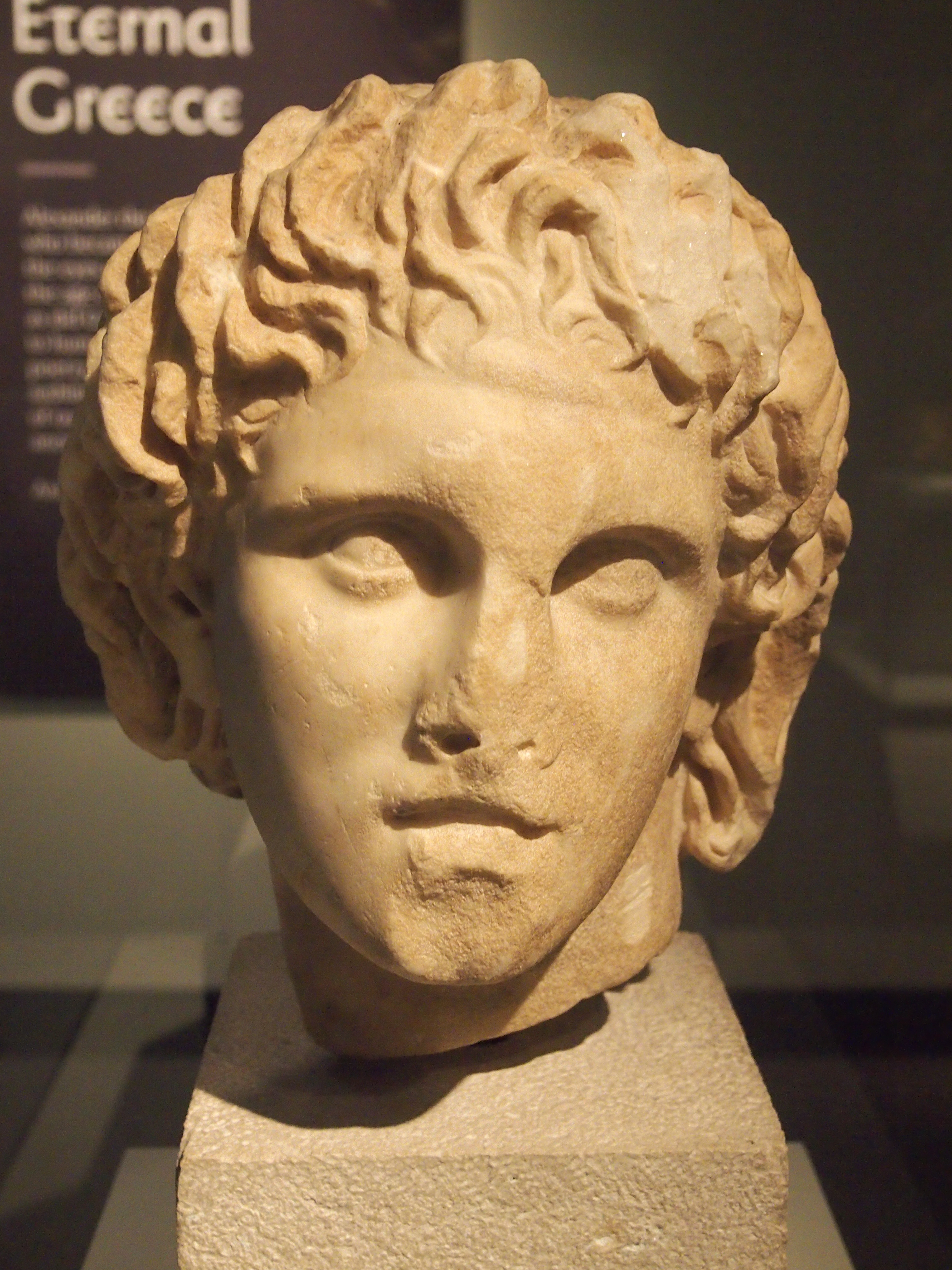In the basement of the DuPage County Historical Museum is something you don’t see in too many local museums. Or too many places, though the Museum of Science and Industry in Chicago has an enormous one: a model railroad display. The DuPage County model railroad isn’t as large as Science and Industry’s, but it’s plenty big enough: over 2,000 feet of HO track and train cars, and seemingly countless model buildings and vehicles and trees and people and animals, all visible at closer and further range behind a series of windows.
The DuPage Society of Model Engineers created the display 50 years ago as a clear labor of love, and it was ready for the public to see when the museum opened in 1967. I read that a model of this size and complexity isn’t ever really complete, so I imagine there have been a lot of changes over the years as enthusiasts come and go. Members of the society are on hand on the 3rd and 5th Saturdays of the month to oversee its operation, so we got to see three middle-aged gentlemen operating the display, including replacing one of the trains on the track when it derailed.
Supposedly the display highlights some of DuPage County’s railroads and landmarks, but it’s really a blend of actual places (such as the Adams Library) and more fanciful re-creations of the American landscape between about 1900 and 1950. Three HO scale trains were running, one freight train and two interurbans. One of the interurbans featured a sleek art deco engine and cars, something like the Pioneer Zephyr, though not quite the same (the actual Pioneer Zephyr, long since retired, is at Science and Industry).
“That an Amtrak train?” Yuriko asked.
“No, Amtrak doesn’t have that much style,” I answered.
We also saw, in no particular order, train yards, train sheds, a roundabout, water tanks, depots, stations, small factories, storage sheds, bridges, stores, houses, churches, cars, trucks, signs, horses, dogs, cats and tiny figures of people doing innumerable things: walking, riding bikes and motorcycles, working, playing, lying around, even hang gliding. There was a biker gang and a haunted house in the style of 1313 Mockingbird Ln. If I’d looked longer, I wouldn’t be surprised if there were hobos.
The detail was incredible. Beside many of the tracks were extra ties or random pieces of lumber. The coal yards seemed to sport little lumps of coal. Inside a sewing machine shop were two customers and a sewing machine with the minuscule letters SINGER on it. As I mentioned, most of the display evokes the first half of the 20th century, so horse and buggies were in one place, and chrome-heavy cars another. The billboard and window ads were mostly period as well. My own favorite: a sign for Carter’s Little Liver Pills.
